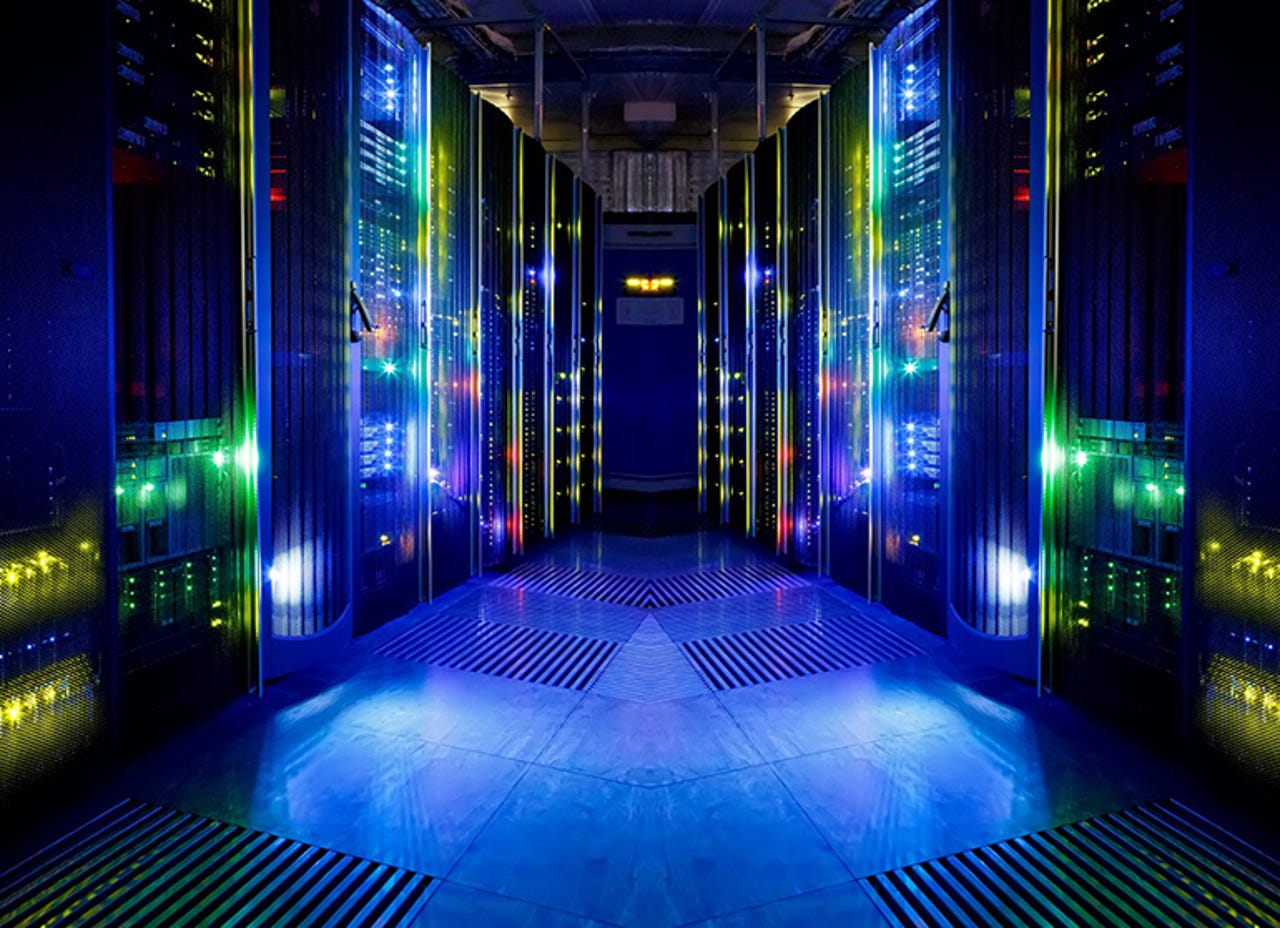How many robots does it take to run your data center?


Credit: iStock
Data centers have gone though a number of transformations over the years, including a shift away from large mainframe computers, the adoption of server and storage virtualization, the deployment of "green IT" initiatives to reduce power consumption, and the emergence of "software-defined" technology that's underway.
Yet another evolving development in IT infrastructures is the potentially growing role of robotics in data center automation.
"The amazing thing about robotics is how it will actually help shape and shift the next-generation data center," said Bill Kleyman, vice president of strategy and innovation at IT consulting and services provider MTM Technologies, and regular contributor to the Data Center Knowledge blog.
"For example, given that there is a structured and fully functional operational flow setup, almost every aspect of data center management can be controlled and calculated," Kleyman said.
Currently, if a server component breaks, an administrator might swap out that piece of hardware in a matter of minutes. With a robot, every little detail and function is calculated and predictable. "There is no guessing; everything can be forecast and controlled," Kleyman said.
Already, companies such as IBM and EMC are using iRobot Create, a customizable version of Roomba, to build robots that patrol data centers and keep track of environmental factors such as temperature, humidity, airflow and asset management.
The biggest business driver to deploying robotics in the data center is the need for greater levels of efficiency. Companies are always looking for ways to make their IT infrastructures more agile and less costly, and robotics is seen as a way to add more automation to achieve those goals.
In addition, these technologies can actually help reduce the overall data center footprint and help reduce infrastructure complexity.
"Organizations are working hard to increase densities without having to acquire more gear," Kleyman said. "A great way to accomplish this is via a [controlled] data center delivery architecture--robotics.
"There is potential for long-term return on investment (ROI) with data center robotics. Although the design and implementation can be costly upfront, the long-range benefits can make it worthwhile. Administrators will be able to align software and hardware automation platforms directly with the robotics infrastructure."
With less downtime, more workloads, and easier management, cost savings can be realized within a well-designed data center infrastructure," Kleyman said.
The use of robotics in the data center does come with a number of risks, however. "There are almost as many challenges as there are benefits to this type of architecture," Kleyman noted. For one thing, it's a fairly revolutionary concept, so there's a learning curve and risk of the unknown involved.
For another, organizations would have to do some serious data center modification to allow the full-scale capacity of robotics to take effect. Modern rack and server equipment isn't entirely set up to be controlled by machines.
"We would have to rework wiring and networking to ensure these robots could do their roles effectively," Kleyman said. There will be an upfront cost and investment. "This is why it would be absolutely critical to deploy robotics in the right kinds of use-cases where the ROI makes sense," he said.
But the hurdles haven't stopped big data center builders and providers from exploring robotics, Kleyman said. IBM, Google, Facebook and several others are approaching robotics makers to see where these new technologies can actually fit in, he said.
Expect conversations about robotics in the data center to heat up as more organizations look for ways to increase greater efficiency.